Bibliography
FurniTecture | Anna Yudina
Collapsibles | Per Mollerup
The Art of Weaving | Else Piegensteiner
Manufacture Process's
Wood Manufacturing Transformation Process:
- Head Rig: the primary saw cuts the tree into sawn pieces.
- Edging: removing irregular edges and defects from sawn pieces.
- Trimming: the trimmer squares off the ends of lumber into uniform pieces based on market dimensions.
- Rough Lumber Sorting: pieces are segregated based on dimension and final product production: unseasoned (known as green), or dry.
- Stickering: lumber destined for dry production is stacked with spacers (known as stickers) that allow air to circulate within the stack. (Green product skips this stage).
- Drying: lumber is kiln-dried to facilitate natural MC evaporation.
- Planing: smoothing the surface of each lumber piece and making its width and thickness uniform.
- Grading: the process of assessing the characteristics of each lumber piece in order to assign its “grade” (quality)
Jasper Morrison


TwentyTwentyOne
Geoffrey Fisher

LABOUR AND WAIT

Don Betterley
![]()
![]()
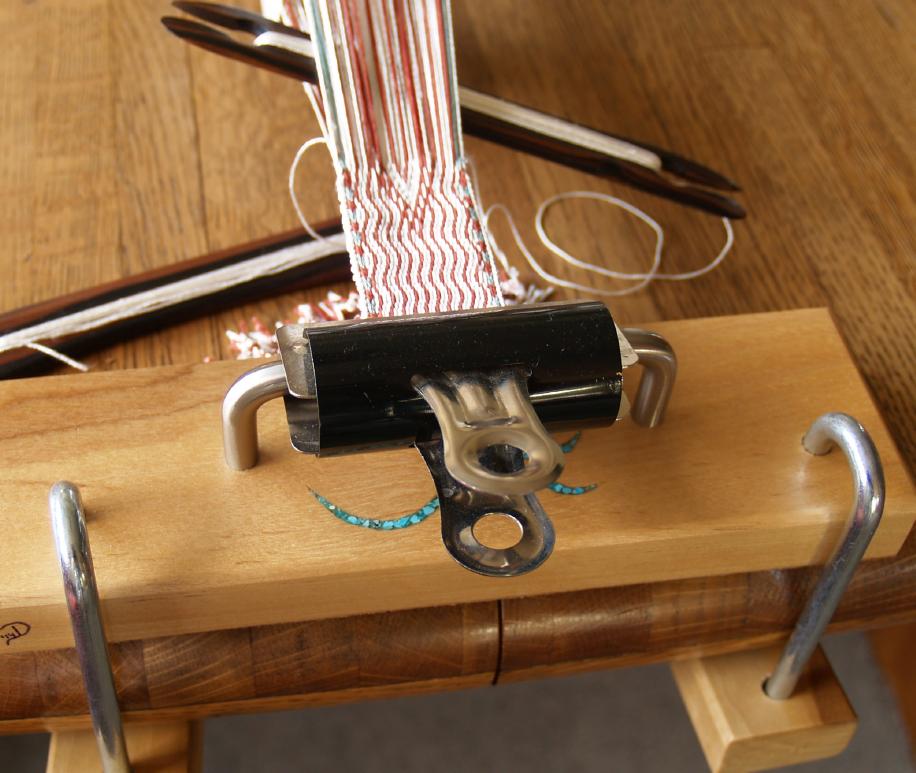
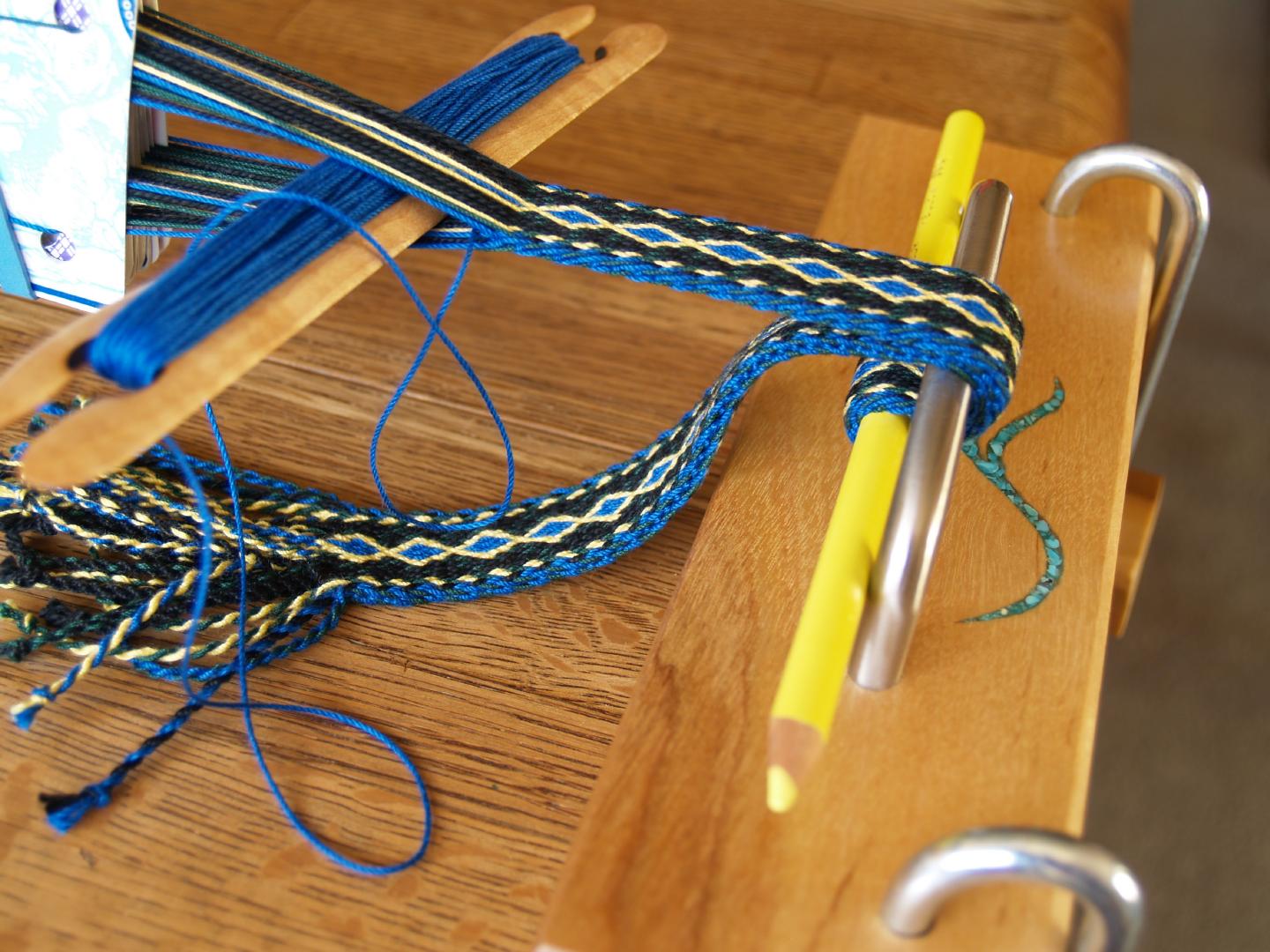
Trend Hunter
random


indian tiffin (food box)
Table Clamps and Clips




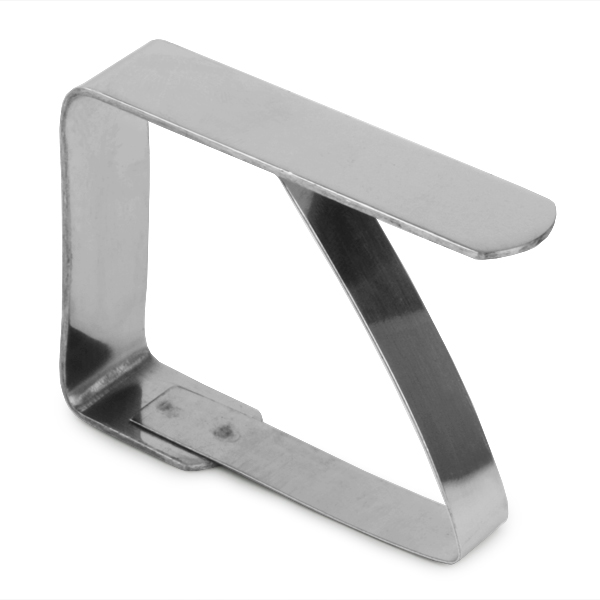
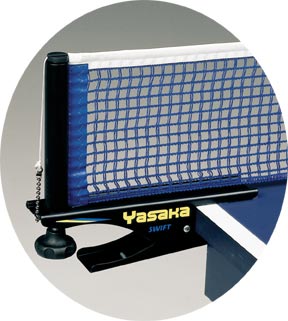


Materials
Deodar is in great demand as building material because of its durability, rot-resistant character and fine, close grain, which is capable of taking a high polish. Its historical use to construct religious temples and in landscaping around temples is well recorded. Its rot-resistant character also makes it an ideal wood for constructing the well-known houseboats of Srinagar, Kashmir. In Pakistan and India, during the British colonial period, deodar wood was used extensively for construction of barracks, public buildings, bridges, canals and railway cars.[4] Despite its durability, it is not a strong timber, and its brittle nature makes it unsuitable for delicate work where strength is required, such as chair-making. The most common type of cedar is the western red variety. Western red cedar, as its name implies, has a reddish colour to it. This type of wood is relatively soft (1 on a scale of 1 to 4), has a straight grain and one of the most aromatic woods (hence, a cedar chest. drawer and wardrobe nuggets and coat hangers make clothes smell nice and deters insects such as moths ). Western Red cedar is mostly used for outdoor projects such as furniture, decks, and building exteriors because it can handle moist environments without rotting.
Pine is very easy to work with and, because most varieties are relatively soft, it lends itself to carving. Pine is commonly used in furniture because it’s easy to shape and stain. Pine generally takes stain very well (as long as you seal the wood first). Pine wood is widely used in high-value carpentry items such as window frames, paneling, floors and roofing, and the resin of some species is an important source of turpentine.
Often referred to as Douglas Fir, this wood has a straight, interesting and pronounced grain, and has a reddish brown tint to it. Fir is most often used for building; as it’s inexpensive and can be used for some furniture-making as well. It doesn’t take stain very well, so it’s best to use it only when in the raw or you intend to paint the finished product. Douglas fir is moderately strong and hard for a softwood, rating 4 on a scale of 1 to 4.
It is sometimes known as “Burmese teak”. Teak wood has a leather-like smell when it is freshly milled. It is particularly valued for its durability and water resistance, and is used for boat building, exterior construction, veneer, furniture, carving, turnings, and other wood projects. Teak’s natural oils make the timber termite and pest resistant. Teak is durable even when not treated with oil or varnish. Timber cut from old teak trees was once believed to be more durable and harder than plantation grown teak. Studies have shown that plantation teak performs on par with old-growth teak in erosion rate, dimensional stability, warping, and surface checking, but is more susceptible to colour change from UV exposure. It rates a 3 on a scale of 1 to 5 for hardness.
Ash is a hardwood and is hard, dense, tough and very strong but elastic, extensively used for tool handles and baseball bats and other uses demanding high strength and resilience. Ash has great finishing qualities. It also has good machining qualities, and is quite easy to use with nails, screws and glue. There is little demand for the wood and therefore less expensive as other hardwoods.It is also often used as material for electric guitar bodies. Some Fender Stratocasters and Telecasters are made of ash. It is also used for making drum shells. Early cars had frames which were intended to flex as part of the suspension system in order to simplify construction. Morgan cars still have frames made from ash.
Copper
- a good electrical conductor
- a good thermal conductor
- corrosion resistant
- antibacterial
- easily joined
- ductile
- tough
- non magnetic
- attractive colour
- easy to alloy
- recyclable
- catalytic
The advantageous properties of stainless steels can be seen when compared to standard plain carbon mild steel. Although stainless steels have a broad range of properties, in general, when compared with mild steel, stainless steels have:
~ Higher corrosion resistance
~ Higher cryogenic toughness
~ Higher work hardening rate
~ Higher hot strength
~ Higher ductility
~ Higher strength and hardness
~ A more attractive appearance
~ Lower maintenance
Bracelets Making
Loom
The Parts of A Loom
- The warp beam: This is the roller on which the warp ends are wound for weaving. It is also known as a warp roll.
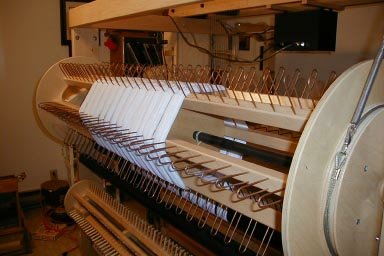
- Shaft/Harness: The shaft or harness is the frame of the loom that holds the warp threads. These shafts can be moved up or down by “treadles” to allow the weft to cross through and create the desired pattern. The more the number of harnesses, the more patterns you can create. The number of harnesses can range anywhere between two and sixteen. A four-harness loom, for example, has four shafts that hold heddles through which the warp passes. Four harness weaves may either be plain weave or twills.

- Heddles: Heddles are made of wire or cord. These hang from the shaft of a loom and have an eye in the center. The warp is threaded through the eye of the heddle and there are as many heddles as there are warp threads. Heddles are crucial to the weaving process because it is these heddles that are raised or lowered when the shaft is moved, causing the warp to be moved for interlacing with the weft to create the pattern. The distribution of the heddles is determined by the pattern to be woven.

- Shuttle: This is the tool that holds the yarn and carries it across the warps to create the weave. Have you ever seen weavers moving threads across the loom from one end to another using a piece of wood? These wooden structures are shuttles and they have notches at the end to hold the weft yarn.

- Reed: The reed is a comb-like frame with vertical slits that secures the weft in place as it is woven in. It helps to keep the warp untangled and guides the shuttle across the loom.
- Take up roll: This refers to the roll where the woven fabric is rolled up and collected.
Circular Looms
A circular loom is used to create a seamless tube of fabric for things like tights, sacks, t-shirts, fabrics, fire hoses and so on. Circular looms can be small “jigs” used for hand knitting or large high-speed machines for modern garments.

Schacht School Loom
Ashford Sampleit 10" Rigid Heddle Loom

WOOL COUTURE
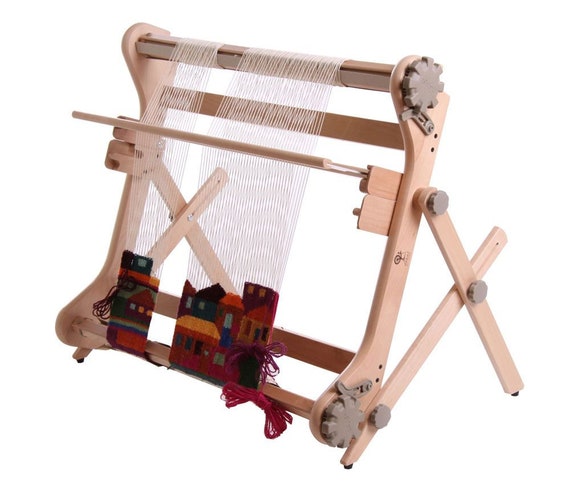
Ashford Rigid Heddle Loom
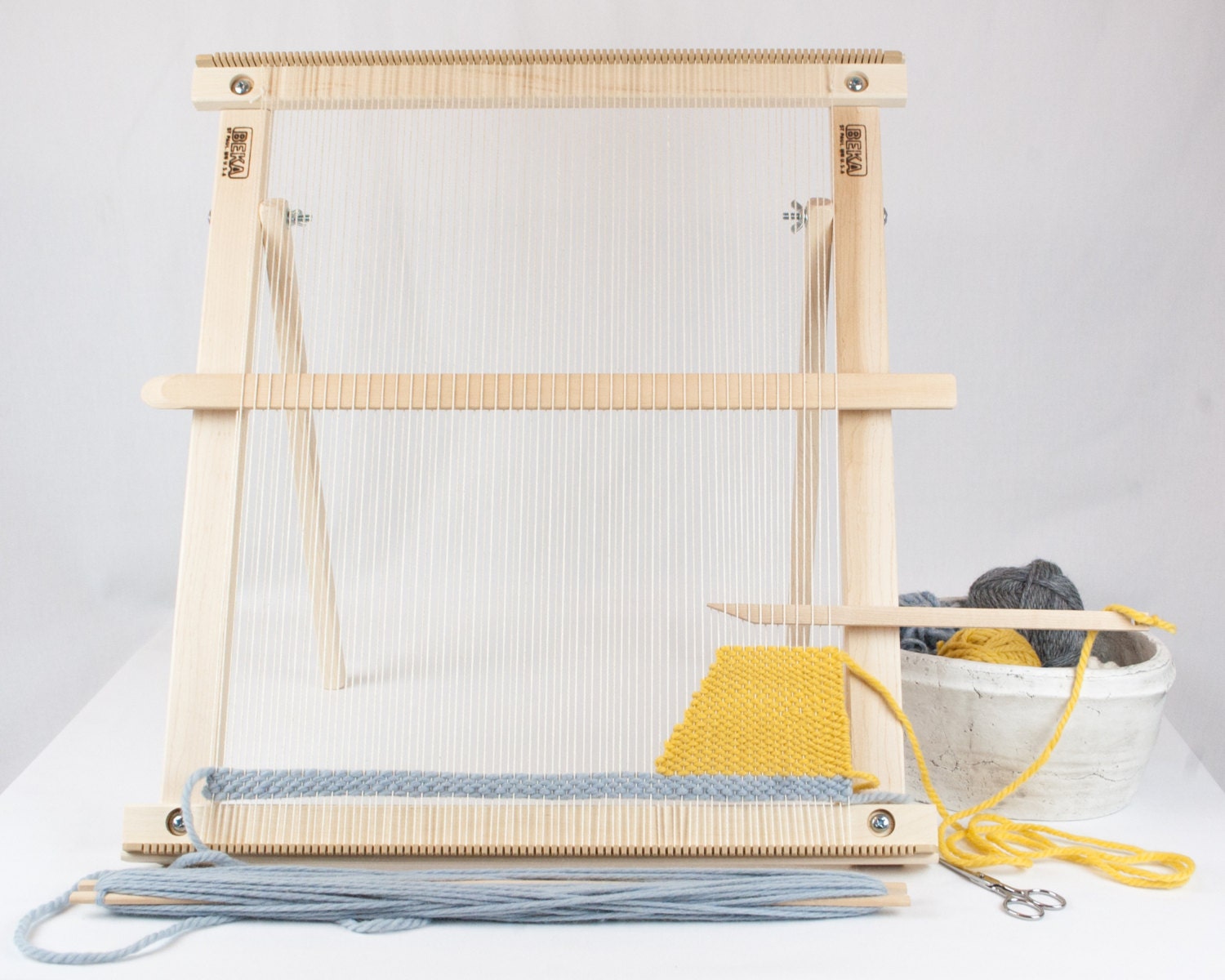
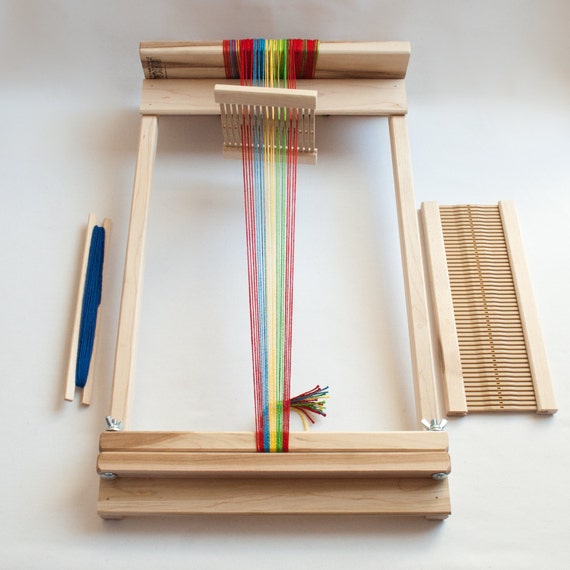
ETSY
RICO WEAVING ROUND LOOM



Weaving
Weaving can be summarized as a repetition of these three actions, also called the primary motion of the loom.
- Shedding: where the warp threads (ends) are separated by raising or lowering heald frames (heddles) to form a clear space where the pick can pass
- Picking: where the weft or pick is propelled across the loom by hand, an air-jet, a rapier or a shuttle.
- Beating-up or battening: where the weft is pushed up against the fell of the cloth by the reed.[4]
The warp is divided into two overlapping groups, or lines (most often adjacent threads belonging to the opposite group) that run in two planes, one above another, so the shuttle can be passed between them in a straight motion. Then, the upper group is lowered by the loom mechanism, and the lower group is raised (shedding), allowing to pass the shuttle in the opposite direction, also in a straight motion. Repeating these actions form a fabric mesh but without beating-up, the final distance between the adjacent wefts would be irregular and far too large.
The secondary motion of the loom are the:
- Let off Motion: where the warp is let off the warp beam at a regulated speed to make the filling even and of the required design
- Take up Motion: Takes up the woven fabric in a regulated manner so that the density of filling is maintained
The tertiary motions of the loom are the stop motions: to stop the loom in the event of a thread break. The two main stop motions are the
- warp stop motion
- weft stop motion

WAIST WEAVING - https://www.youtube.com/watch?time_continue=24&v=3cfzooeM_Ko
STRING HEDDLE - https://www.youtube.com/watch?time_continue=76&v=3tWxLcYvzVo
















